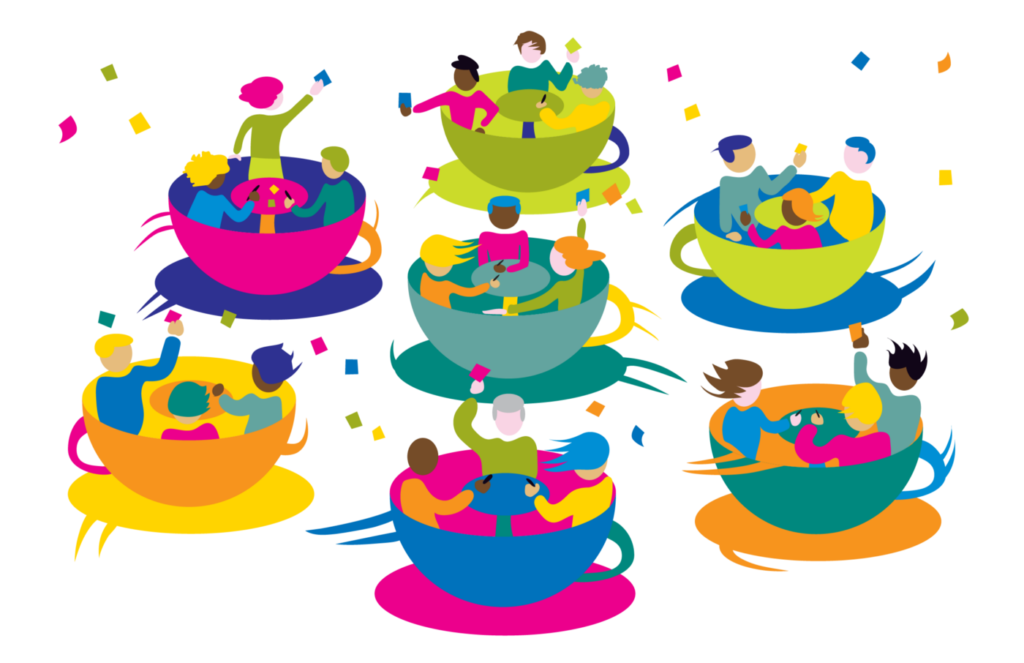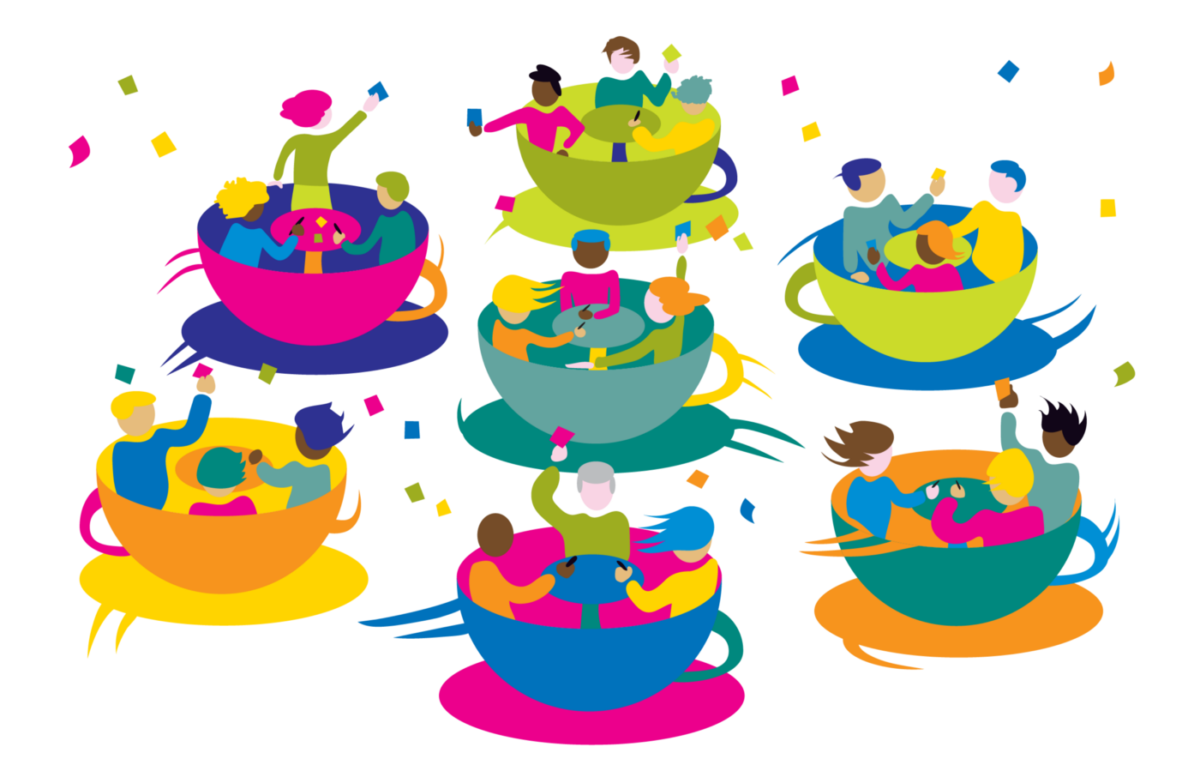Work is transforming because of technology and generational gaps. Workers are now expecting their jobs to have great wayfinding.
Published on Medium Nov 27, 2017

I blame millennials (in a good way). Current generational gaps have made people dig deeper and question why we work the way we do. There are major shifts in values being seen across workplaces that make recruiting talent incredibly difficult. As a result, workplaces are adapting to the idea of developing the staff you have, even if it means their new talents take them elsewhere.
Companies like Google, Amazon, and Apple emphasize the idea of integrated learning. Every project is an opportunity to expand your skills — if you aren’t learning and growing, why do it?
With new technology, work seems more complex and more ambiguous than ever before. People are confused about how they are supposed to be adding value. You will see terms like ‘design thinking’, ‘game-storming’, ‘high-value work’ — these terms are just referring to a way of working that brings people together and minimizes any volatility, uncertainty, complexity, and ambiguity (VUCA) in your projects. This way of working leaves people informed, engaged, and energized to be empowered to make decisions. It makes people more invested in the project.

People are now expecting great, guided experiences at work
You may be groaning while reading that… That’s because you are used to the concept that work is supposed to be difficult. This means that you need to put on your Imagineering hat for your projects. Like anything great in the world, nothing comes together without a plan.
Before you meet with a group of stakeholders (people that are responsible for the project outcomes), do one-on-one interviews to understand the problems, challenges, and goals that everyone faces. This involves asking yourself and other stakeholders, “What are other key relationships we need to make this happen?”, “What do we want to get out of this?”, “How do we imagine this coming together in an ideal state?”, “When should this happen?”, “What does success look like?”. Be proactive! You don’t have to be concerned about who you talk to as long as you are prepared. People love to talk about themselves.
A sign of a great workplace is one where people are constantly asking questions. When people stop asking questions, it means a few things:
- People don’t care. With any given project, there are multiple relationships, logistical constraints, and goals. If people aren’t seeking out this context, your project will not succeed.
- Your culture is toxic. Maybe your company is evangelizing those who don’t ask questions. Maybe your company doesn’t give opportunities for quieter voices to speak. Maybe your company is not creating a safe space for all perspectives.
- People are focusing on time constraints. There is always time to ask questions. If there isn’t time, I would start to question what it is you are trying to make and why it is important.
It is important to set up the expectations: plans change. That doesn’t make planning any less valuable. Having a plan is having a vision. This is where I find that working in hypotheses is valuable — you have validation as part of your process. You need to be creating lightweight, inexpensive artifacts throughout your process for sharing and testing with all of your audiences and stakeholders. This will allow you to adapt to new discoveries and have confidence that you are solving the right problems.

Get people together
There is nothing as productive as a group of people who are working together with a guided experience. I’m not talking about creating a sweatshop, I’m talking about divergent thinking — generating a lot of perspectives on whatever it is you are trying to make.
The guided experience is usually a workshop with a specific goal — what do you want to learn? What stories do you want people to share afterward? It’s important to know that before you meet. In fact, there are a few things you should do before you meet:
- Have an attendee list. Think about who you want to be there. There are thresholds for group size to productivity. 6 or less, great for generating ideas — this allows for better sharing. 15 or less, good for getting a lot of perspectives but you need to do breakout/smaller groups for generating ideas. 16 or more, all you can hope to do is information sharing — not great for pulling in perspectives without derailing the conversation.
- Have a ‘know before you go’. Tell people why you are meeting and why it is important. Include where you are meeting and when.
- Have an agenda to share. That means having your activities preplanned. Let people know how you will be spending your time. Break up the day into smaller pieces and allow for breaks where people can make calls and use their computers. Otherwise, phones and computers are distractions that create barriers between you and the other people with who you are trying to create new connections.
- Have your workshop materials ready. If you have worksheets, have them printed. If you have analytics you want to share, make sure you have a way of presenting them. Have writing materials for everyone participating (lots of post-its and markers). Do not have people participate through their phones or computers. It’s too easy for notifications or email to become a distraction.
- Prepare the space. Post the agenda, rearrange tables into weird shapes, get people out of their normal environment and comfort zone. This helps with sharing from the quieter voices.
- Establish rules. Keep your hands and feet in the car at all times. Let people know what they should be doing during your activities.
- Have an icebreaker. What are the actual chances of everyone knowing each other in the room? Have an activity for learning participant names and the role they are playing. It will help you know everyone in the room, it will get people sharing and you will get to understand a little bit about what everyone cares about. Having participants do worksheets is great for this because you will also get an artifact after that shows that you learned something.
- Have a co-building exercise. Have your participants generate ideas for your projects. I like co-building scenarios, generating insights on audiences that might not be familiar (personas), or just good-old writing ideas on post-its. Have people share with the group.
- Have a framework for synthesis. This could be a 2×2 matrix, this could be a target, this could be a timeline. Again, I think it comes down to what it is you are trying to understand. A target could be a good way of mapping ideas to overall team priorities. I find this cheat sheet helpful:
- Have a closing activity. This could be a way of capturing any deltas, takeaways or questions that the group has which could be helpful for next steps. End on a positive note. Recognize everyone’s contributions.
- Sharing what you learned. Not everyone can attend these types of workshops. Generate some top-level insights to share with the rest of your team so they can see what you did and what you learned. I usually like including the attendee list, the agenda, what artifacts were made and 3–5 insights (what surprising or interesting things did you learn). Make it digestible.
There is no silver bullet for great work
The most important takeaway is practice. “When people get stressed out, they revert to their least practiced behaviors.” — Melora Zaner (badass, former boss-lady) When you get faced with challenges, will you rise or will you crumble? We need everyone to own their environment so that we can transform the way we work to go from being reactive to being visionary.

